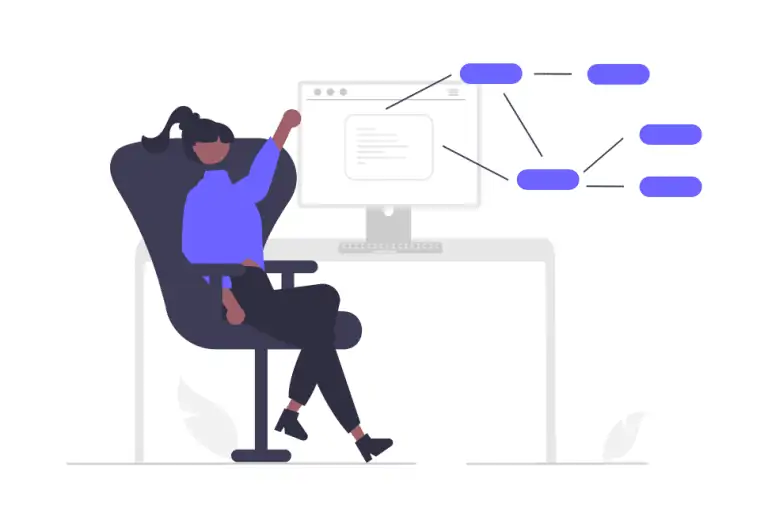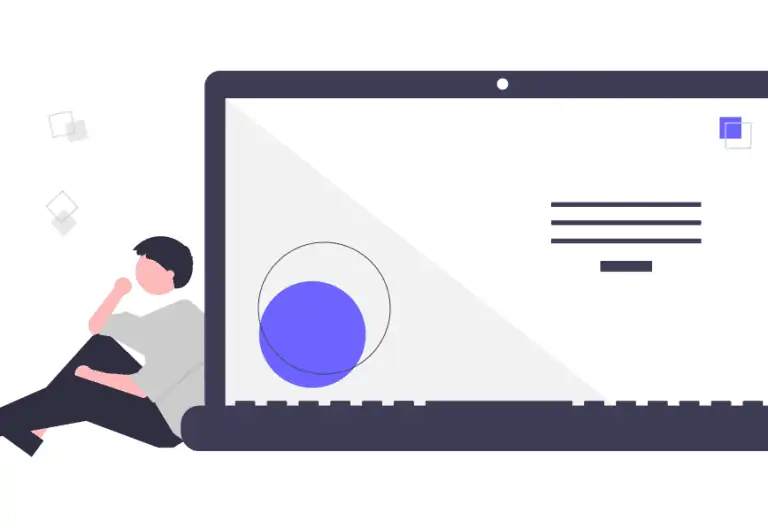Click-through rate (CTR) is the heartbeat of online advertising. It’s the metric that tells you how many people not only saw your ad but cared enough to act on it. A high CTR means your copy connects, resonates, and cuts through the noise. A low CTR? That’s a sign your ad is blending into the background like a billboard on a deserted road.
While many marketers overcomplicate CTR improvement, the truth is that the fastest gains often come from better copy. Headlines, body text, and calls-to-action (CTAs) are the touchpoints that speak directly to your audience’s curiosity, urgency, and trust triggers.
Here are ten in-depth, actionable practices you can start applying today to lift CTR — often in a matter of hours once you hit “publish.”
1. Lead with the strongest benefit, not the product description
The most common CTR-killer is starting with “what it is” instead of “why they should care.” Benefits speak to transformation; descriptions speak to features.
Instead of:
“Our CRM has a new dashboard for managing leads.”
Try:
“Close deals 37% faster with our new lead dashboard.”
Here, the promise of speed hooks attention before the explanation. The audience immediately knows what’s in it for them, and that creates the mental “click” impulse.
Why it works: The brain is wired to respond to gain or loss. Benefits frame your offer in terms of immediate gain or avoided pain.
Pros: Delivers instant clarity and impact.
Cons: Requires deep knowledge of customer pain points to execute well.
2. Use numbers and specifics to anchor credibility
Vague claims like “Save money” are invisible. Concrete numbers, especially oddly specific ones, command attention and feel more believable.
Example:
“Cut your invoice processing time from 7 days to 36 hours.”
Specifics work because they stand out in the stream of generic promises users see daily. Even if the number is rounded, it creates a mental benchmark for the reader to compare against their current reality.
Why it works: Specific numbers feel factual, and the human brain latches onto them as proof points.
Pros: Increases perceived authority.
Cons: Can backfire if numbers aren’t credible or verifiable.
3. Create curiosity gaps without being clickbaity
A curiosity gap is when you give enough information to intrigue but not enough to satisfy — prompting the user to click for the full picture.
Weak:
“We improved our customer service.”
Strong:
“How a single tweak cut our support response time by 58%.”
The second example hints at the outcome but withholds the method, driving the desire to find out more.
Why it works: Curiosity is an intrinsic motivator; humans seek closure when presented with incomplete information.
Pros: Drives engagement without overpromising.
Cons: Risk of frustrating the audience if the landing page doesn’t deliver.
4. Match your copy to user intent at every stage
A mismatch between ad copy and the user’s buying stage can tank CTR. Someone in the awareness stage might need a pain-driven headline, while someone in the decision stage responds better to urgency or social proof.
Example:
- Awareness: “Still using spreadsheets for payroll?”
- Consideration: “Automated payroll: 5 hours saved every week.”
- Decision: “Start payroll automation today — first month free.”
Why it works: Alignment ensures your message resonates with the user’s mindset right now.
Pros: Maximizes relevance and click likelihood.
Cons: Requires segmented campaigns and more creative assets.
5. Use emotional triggers deliberately
Fear, excitement, belonging, exclusivity — these emotional levers, when used authentically, can elevate CTR.
Example:
“Be one of the first 100 founders to access our beta.” — taps exclusivity.
“Stop losing sales to slow checkout.” — taps fear of loss.
Emotions bypass rational analysis and spark immediate action, but they must match your brand’s voice and audience tolerance.
Pros: Creates instant resonance.
Cons: Overuse can feel manipulative.
6. Write CTAs that command, not request
A weak CTA says “Click here.” A strong CTA says “Get your free trial” or “See how much you could save.”
The difference? Specific, benefit-driven CTAs remind the user what they gain by clicking.
Example:
Instead of: “Learn more”
Use: “See your savings in 60 seconds.”
Why it works: Action-oriented language paired with a benefit sets a clear expectation and reward.
Pros: Drives more decisive clicks.
Cons: Can reduce CTR if the promise feels unrealistic.
7. Leverage social proof inside the copy
Social proof — customer testimonials, user counts, success stories — can be embedded directly into ad copy to overcome hesitation.
Example:
“Trusted by 11,000+ eCommerce brands to boost sales.”
Including proof within the headline or body text saves the user from clicking elsewhere to verify your credibility.
Pros: Builds trust instantly.
Cons: Requires real, verifiable proof to avoid skepticism.
Pro Tip: Use a tool like ReferralCandy to automate referral and affiliate programs. Not only does this drive new sales, but it also generates a steady flow of authentic testimonials and user stories you can repurpose directly into your ad copy — keeping your proof fresh and believable.
8. A/B test micro-variations of headlines and CTAs
Many brands only test big creative shifts, but small copy tweaks often yield faster gains. Test synonyms, reorder phrases, or swap in a stronger verb.
Example:
- Version A: “Grow your email list faster.”
- Version B: “Explode your email list growth.”
Why it works: Language shifts can reframe urgency and appeal without changing the core offer.
Pros: Quick to implement, easy to measure.
Cons: Can produce marginal gains without other optimizations.
9. Localize copy for geographic and cultural relevance
Generic, one-size-fits-all copy often underperforms across diverse audiences. Localizing language, currency, or cultural references can boost CTR dramatically.
Example:
“Join 5,000 UK businesses saving on invoices.” instead of “Join 5,000 businesses.”
Pros: Signals relevance to the reader’s world.
Cons: Requires more creative versions and cultural sensitivity.
10. Optimize for scannability without losing impact
Even great copy fails if it’s visually overwhelming. Short sentences, line breaks, and strategically bolded phrases improve scan speed and highlight key benefits.
Example:
“Pay less tax. Save more money. Sleep better.”
Why it works: Fast readability suits mobile users and short attention spans.
Pros: Improves comprehension and retention.
Cons: Overformatting can make copy look fragmented.
Similarities and differences: high-CTR vs low-CTR ad copy
When you compare ads that consistently achieve high CTR with those that underperform, five patterns stand out.
- Clarity vs ambiguity: High-CTR ads make their value proposition crystal clear. Low-CTR ads leave the reader wondering what’s in it for them.
- Benefit-first vs feature-first: Winning ads lead with transformation; losing ads lead with product specs.
- Emotionally engaging vs purely factual: High performers evoke a feeling; low performers read like technical manuals.
- Tailored vs generic: Effective ads speak directly to a specific segment’s pain points; weak ads try to please everyone.
- Credible vs exaggerated: Successful ads back claims with proof; poor ads make big promises without evidence.
This contrast is critical — the differences are often small on the surface but massive in their effect on CTR.
Conclusion
Boosting CTR isn’t about reinventing the wheel — it’s about refining how you speak to your audience’s needs, desires, and impulses. By focusing on clarity, emotional triggers, proof, and alignment with user intent, you can dramatically lift CTR without spending more on clicks.
The beauty of ad copy optimization is speed: these practices can be tested and iterated on in days, sometimes hours. If you implement even three of these today, your next campaign could perform measurably better by tomorrow morning.



